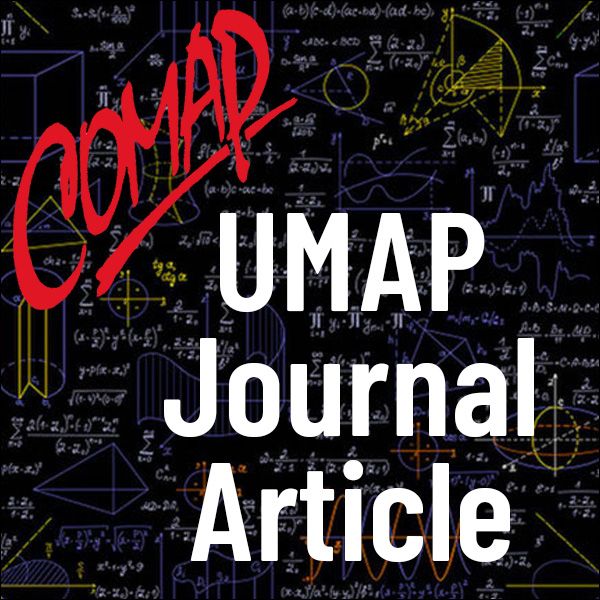Fair Legislative Representation (UMAP)
Author: Joseph Malkevitch
Political scientists who study comparative government have charted a staggering variety of legislative systems. In designing these different systems, countries have the common goals of fairness, efficiency, and stability, as well as goals that are unique to the individual country. However, what is the reason for the great variety of different forms that have occurred? It may come as a surprise that mathematics may play a role in the creation of such legislative schemes, but in fact mathematics has a long tradition of studying problems that involve elections and fairness; the language of mathematics offers an objective voice for analyzing and understanding the diversity of these systems. We consider here
• different kinds of ballots,
• different ways of determining results for elections that use ordinal ballots,
• how to apportion a legislature, and
• the question of power.
Table of Contents:
INTRODUCTION
KINDS OF BALLOTS
DECIDING THE RESULTS OF AN ELECTION
The Borda Count
The Condorcet's Scheme
UNEXPECTED BEHAVIOR
IMPOSSIBILITY RESULTS
THE APPORTIONMENT PROBLEM
WEIGHTED VOTING AND POWER
CONCLUSION
REFERENCES
ACKNOWLEDGMENT
ABOUT THE AUTHOR

Mathematics Topics:
Application Areas:
You must have a Full Membership to download this resource.
If you're already a member, login here.